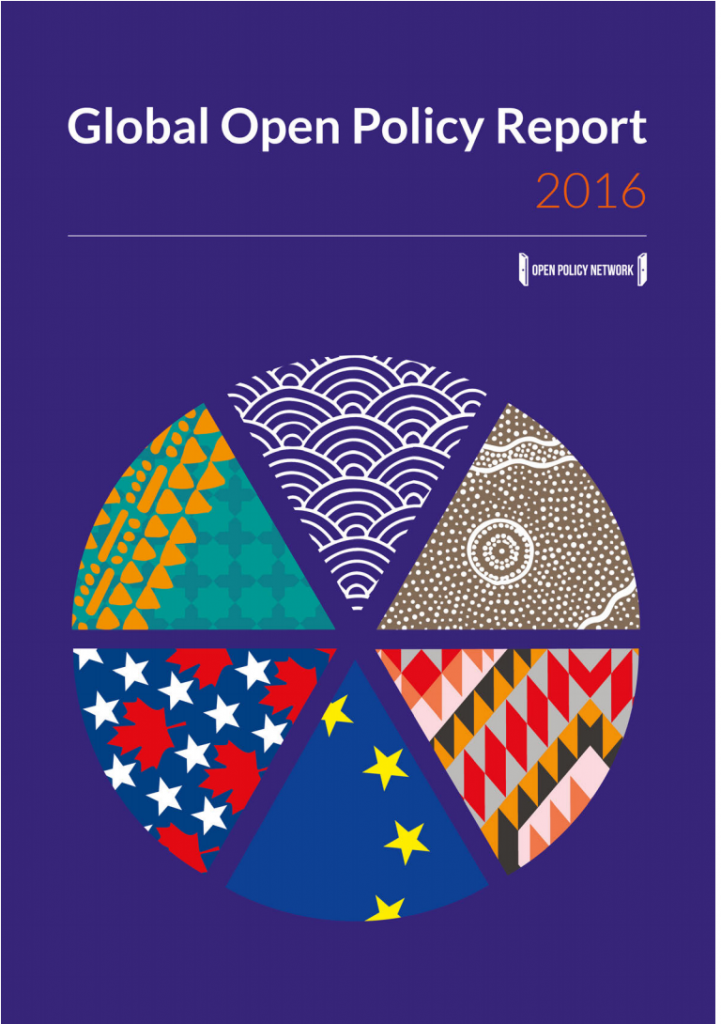Public Agenda: “From its inception in Brazil in 1989, participatory budgeting (PB) has incorporated, to varying degrees, both direct and deliberative democracy.
In deliberative democracy, citizens become informed about an issue, talk about their concerns and goals, weigh different policy options and find common ground. They may give policy input to public officials, develop action ideas for implementation by other people and organizations or work to implement ideas themselves, or they may engage in some combination of the three. Advocates of deliberative democracy believe in the potential of citizens to be effective learners, advisors and volunteers.
In direct democracy, people have the opportunity to vote on policy questions through initiatives and referenda. Advocates of direct democracy believe in the potential of citizens to be effective public decision makers.
This white paper examines the extent to which North American PB processes are applying deliberative principles and practices, explore the tensions and challenges in making PB more deliberative, suggest questions for further research and offer recommendations for public officials and practitioners for improving their PB processes.
Boosting deliberative engagement in PB processes could have a variety of benefits for communities. First, higher levels of deliberation might produce greater empathy among citizens who hold different opinions or value different things about their communities—and greater understanding between residents and city staff. Second, more deliberative discussions would be more likely to bring to the surface issues of race, religion, class, immigration status and other differences that are always influential but seldom addressed in public life. Finally, the budget ideas produced might be more likely to represent compromises between different groups or opinions, and they might inspire greater efforts by participants to help implement them, beyond the decision to allocate public money.
PB organizers might improve the level and quality of deliberation in their processes in a number of ways:
1. Be more explicit about the importance of deliberation in the process…
2. Ensure participants have the chance to share their stories…
3. Connect the PB process to a broader discussion of city and/or district goals and priorities…
This report is the companion to “Brazil Has Reduced Inequality, Incrementally—Can We Do the Same?,” which focuses on the intersection of PB and economic inequality. Both draw on the data gathered by local PB researchers and by Public Agenda; on local evaluations of PB processes; and on interviews with public officials, also conducted by Public Agenda…(More)”.


